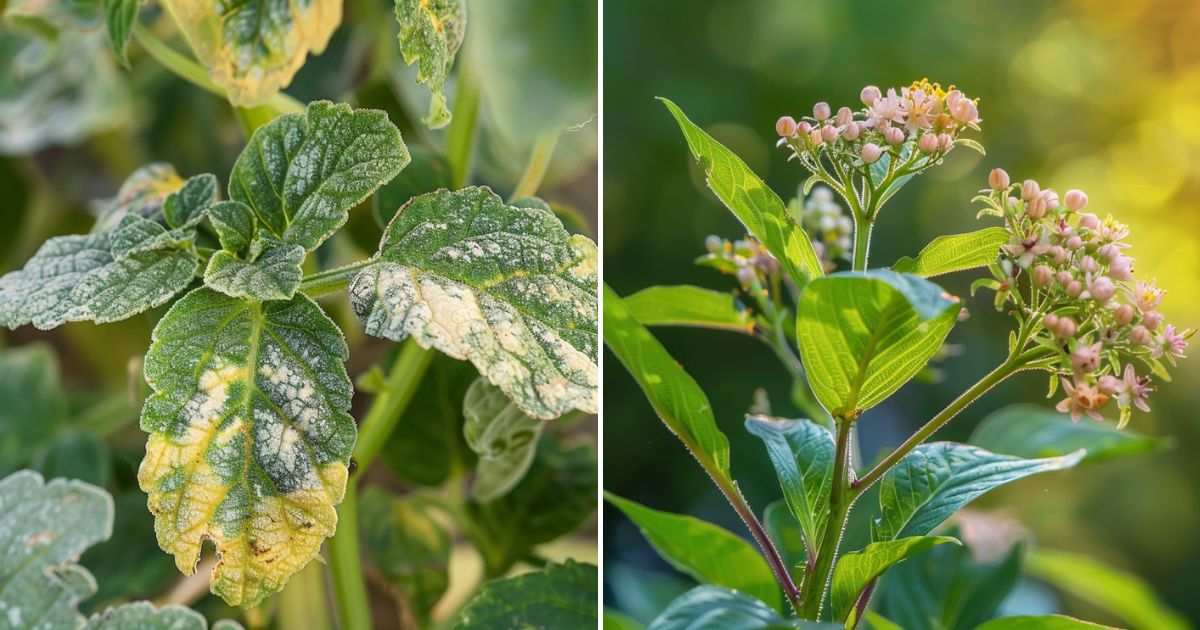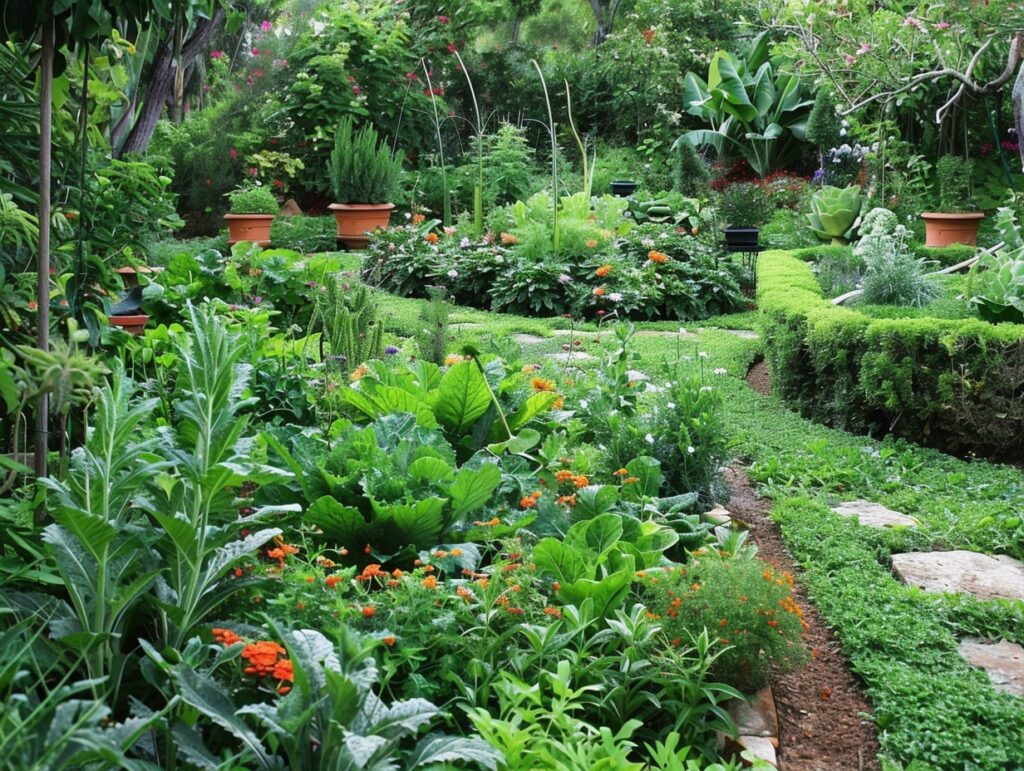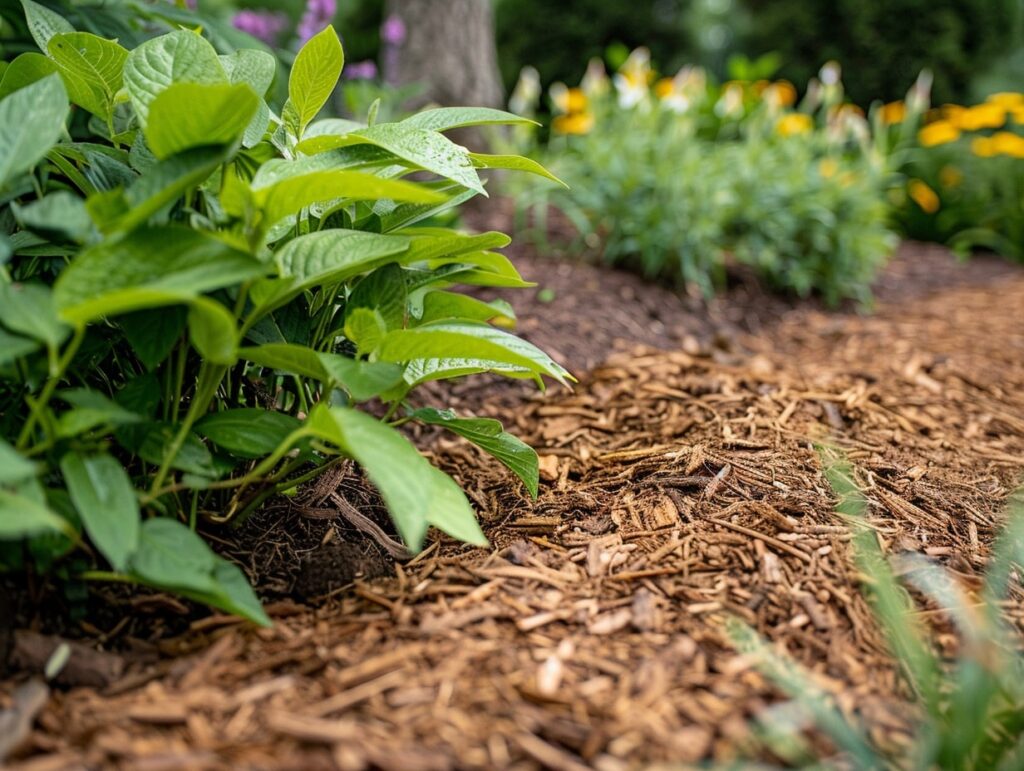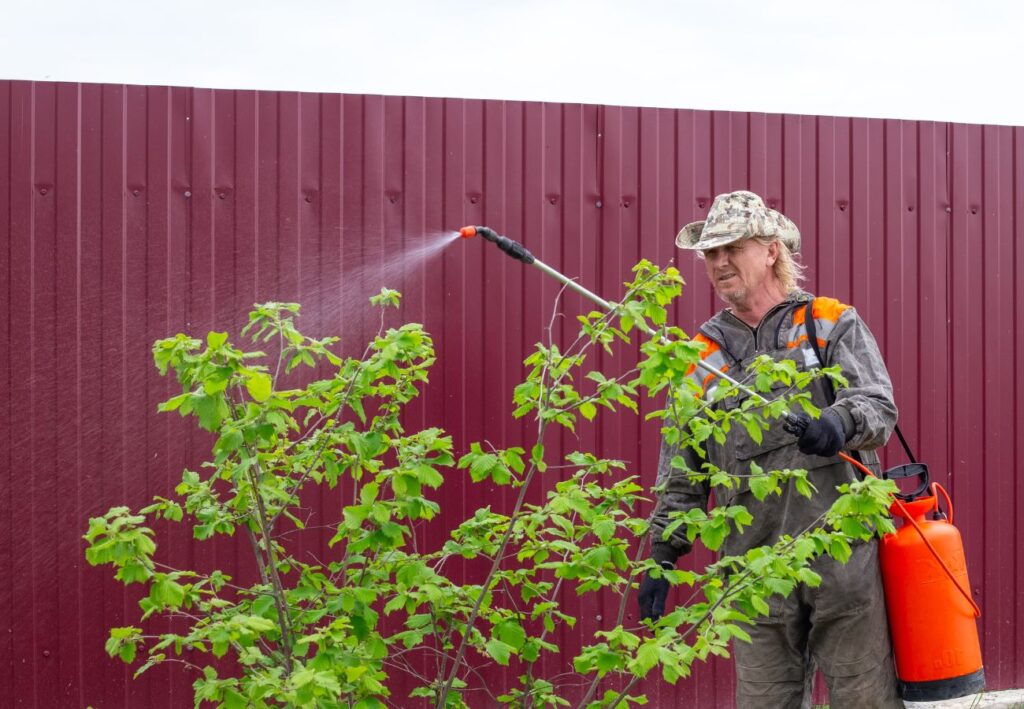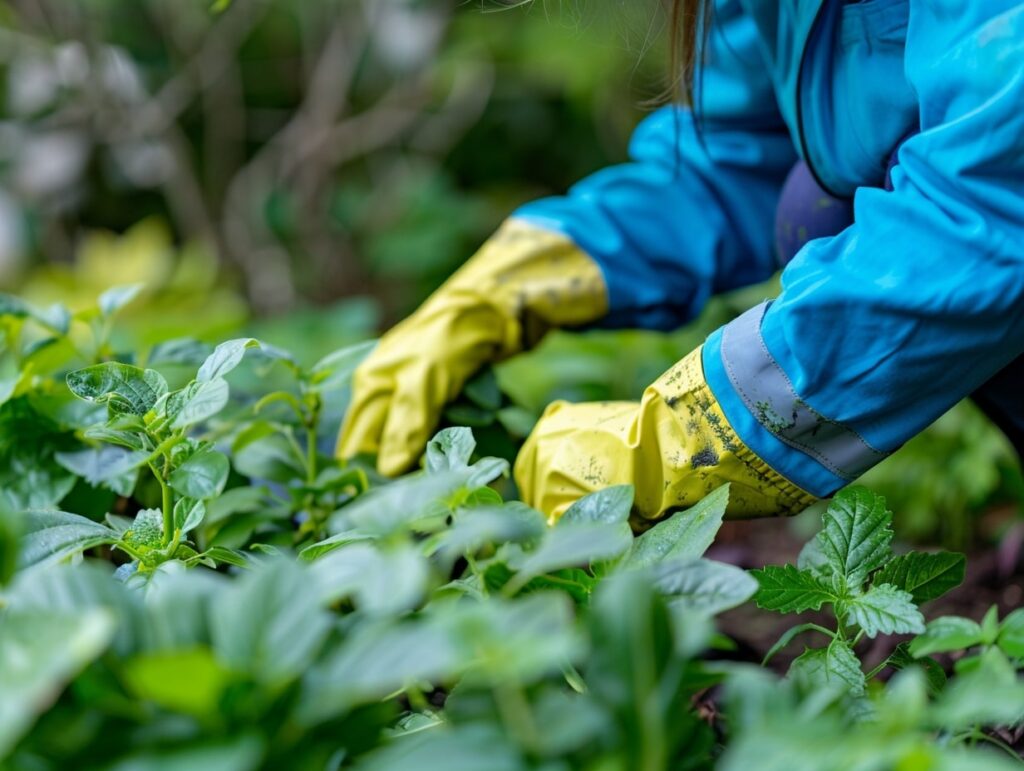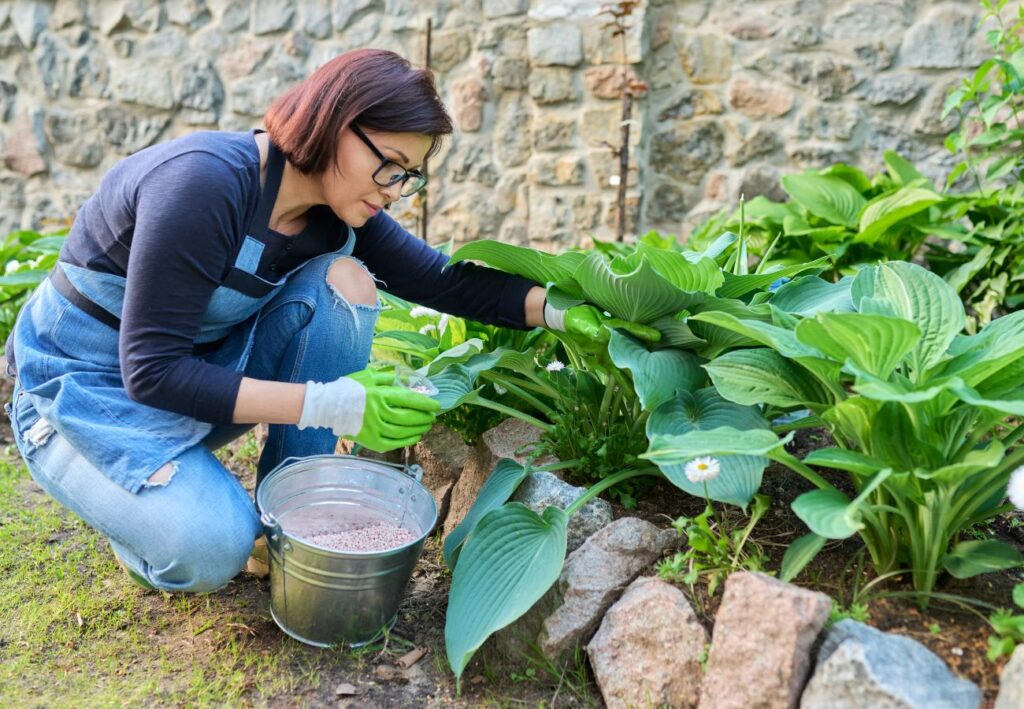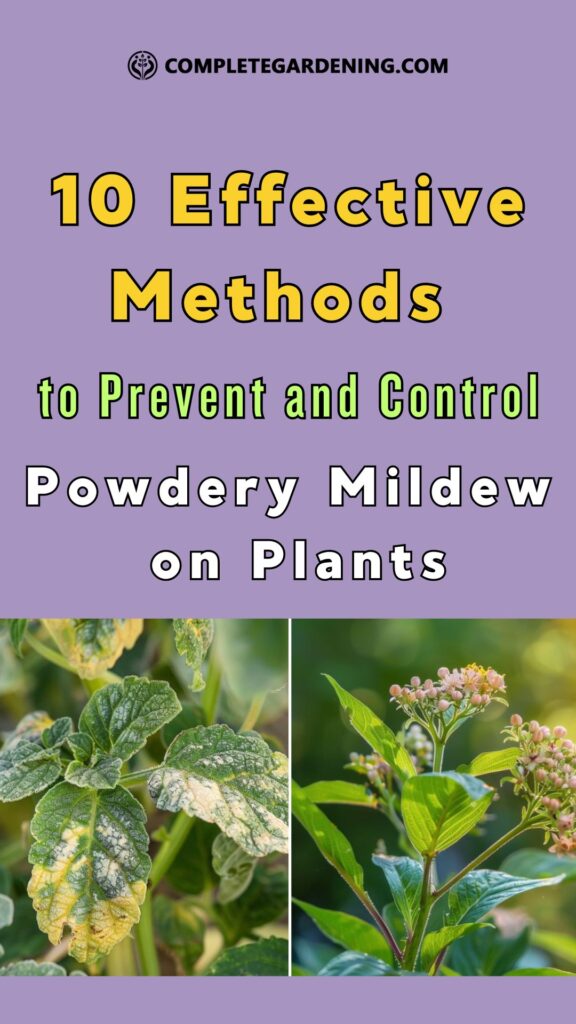Powdery mildew can be a persistent issue in your garden, turning your beautiful plants into a source of frustration. To keep your plants healthy and thriving, it’s essential to know the effective methods to prevent and control powdery mildew.
With the right strategies, you can maintain your garden’s beauty and ensure your plants remain robust.
From selecting resistant plant varieties to implementing proper watering techniques, there are several practices you can adopt to protect your garden. Regular monitoring and early intervention are key to stopping powdery mildew in its tracks.
Understanding these methods will empower you to take control of your garden’s health.
Stay tuned to learn about the eight most effective methods that will help you combat this common plant problem. With these tips, you’ll be well-equipped to keep powdery mildew at bay and enjoy a flourishing garden all season long.
Understanding Powdery Mildew
Powdery mildew is caused by several species of fungi, primarily Erysiphe, Sphaerotheca, and Podosphaera. These fungi thrive in warm, dry environments but also require high humidity levels to spread.
Key factors contributing to powdery mildew:
- Inadequate ventilation around plants.
- Overcrowding of plants, which limits airflow.
- High humidity coupled with moderate temperatures.
- Poor soil drainage.
- Use of overhead watering, leading to leaves remaining wet.
Fungal spores are spread through:
- Wind, which can carry spores to nearby plants.
- Infected plant debris remaining in the garden.
- Tools and hands, if they come in contact with infected plants.
Impacts on Plant Health
Powdery mildew significantly affects plant health, causing a range of issues. Infected leaves display white, powdery spots which can spread quickly.
Symptoms to watch for:
- White or grayish powder on leaves, stems, and flowers.
- Curling, yellowing, or browning of leaves.
- Premature leaf drop.
- Reduced photosynthesis, weakening the plant.
Consequences include:
- Stunted plant growth due to impaired photosynthesis.
- Lower yield of fruits and vegetables.
- Reduced aesthetic appeal of ornamental plants.
- Potential death of heavily infected plants, if left untreated.
Maintaining vigilant observation and quick action are key to minimizing the negative effects on your plants.
Preventative Strategies
Powdery mildew is a common and frustrating fungal disease that affects a wide variety of plants, including vegetables, fruits, flowers, and ornamental plants.
Characterized by white, powdery spots on leaves, stems, and buds, it can weaken plants and reduce yields if left untreated.
Fortunately, there are several effective methods to prevent and control powdery mildew. In this article, we’ll explore ten strategies to help you keep your garden healthy and mildew-free.
1. Choose Resistant Varieties
One of the most effective ways to prevent powdery mildew is to plant resistant varieties. Many modern cultivars of plants, including roses, squash, cucumbers, and grapes, have been bred for resistance to powdery mildew.
By choosing these varieties, you can reduce the likelihood of an outbreak in your garden.
2. Ensure Proper Spacing
Proper plant spacing is crucial for promoting good air circulation, which can help prevent the spread of powdery mildew. Crowded plants create a humid microclimate that is ideal for fungal growth.
Follow recommended spacing guidelines for each type of plant to ensure they have enough room to breathe.
3. Water at the Base
Watering your plants at the base rather than overhead can help prevent powdery mildew. Overhead watering increases humidity around the foliage, creating favorable conditions for the fungus.
Use drip irrigation or a soaker hose to deliver water directly to the soil, keeping the leaves dry.
4. Improve Air Circulation
Improving air circulation in your garden can help keep powdery mildew at bay. This can be achieved by pruning dense foliage, removing weeds, and spacing plants appropriately.
Good air circulation helps to reduce humidity and dry out the foliage, making it less conducive to fungal growth.
5. Apply Mulch
Applying a layer of mulch around your plants can help reduce the risk of powdery mildew. Mulch helps to retain soil moisture, regulate soil temperature, and prevent water from splashing onto the leaves during watering.
Organic mulches such as straw, wood chips, or compost are excellent choices.
6. Use Fungicidal Sprays
If you notice early signs of powdery mildew, using fungicidal sprays can help control the spread. Organic fungicides, such as those containing neem oil, sulfur, or potassium bicarbonate, can be effective.
Be sure to follow the instructions on the label for proper application and safety precautions.
7. Apply Milk Spray
A home remedy that has shown effectiveness against powdery mildew is a milk spray. Mix one part milk with nine parts water and spray the solution on the affected plants.
The milk proteins create an environment that is inhospitable to the fungus, helping to control its spread. Apply the spray every 7-10 days for best results.
8. Use Baking Soda Solution
Baking soda is another common household item that can be used to combat powdery mildew. Mix 1 tablespoon of baking soda, 1 teaspoon of liquid soap, and 1 gallon of water.
Spray the solution on the affected areas, ensuring thorough coverage. This treatment works by altering the pH of the leaf surface, making it less favorable for the fungus.
9. Remove Infected Plant Parts
Regularly inspect your plants for signs of powdery mildew and promptly remove any infected leaves, stems, or buds. Disposing of these infected plant parts can help prevent the fungus from spreading to healthy parts of the plant or to neighboring plants.
Be sure to dispose of the infected material in the trash, not in your compost pile.
10. Maintain Proper Plant Nutrition
Healthy plants are more resistant to diseases, including powdery mildew. Ensure your plants receive adequate nutrition by fertilizing them appropriately.
Avoid excessive nitrogen, as it can promote lush, tender growth that is more susceptible to fungal infections. Instead, opt for balanced fertilizers that provide a good mix of nutrients.
Powdery mildew can be a persistent problem in the garden, but with the right prevention and control methods, you can keep your plants healthy and thriving.
By choosing resistant varieties, ensuring proper spacing and air circulation, watering at the base, using mulch, applying fungicidal and home remedies, removing infected parts, and maintaining proper plant nutrition, you can effectively manage powdery mildew in your garden.
Implement these strategies to enjoy a bountiful and beautiful garden all season long.
